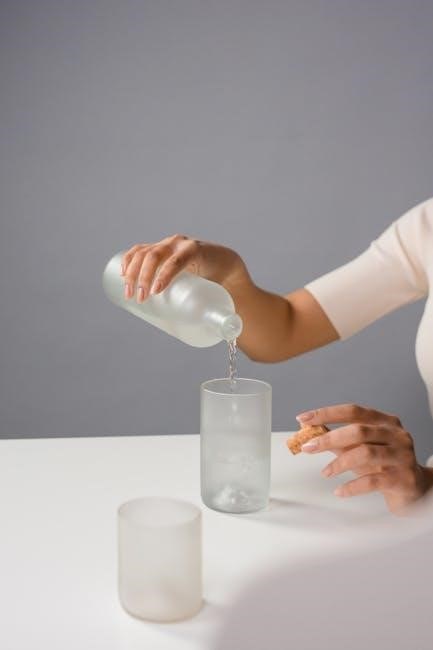Welcome to the Reliance Water Heater Manual, your comprehensive guide to safe and efficient water heater operation. This manual covers installation, maintenance, troubleshooting, and technical specifications for electric, gas, tankless, and hybrid models. Read carefully to ensure optimal performance and safety.
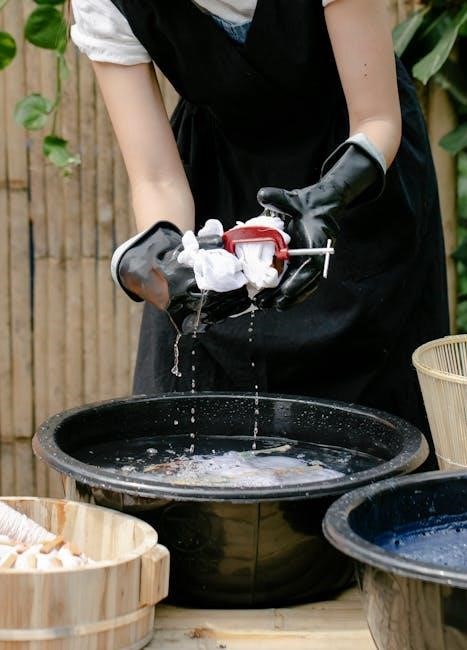
1.1 Importance of Reading the Manual
Reading this manual is crucial for safe and proper installation, operation, and maintenance of your Reliance water heater. It contains essential safety precautions, installation guidelines, and troubleshooting tips to prevent accidents and ensure optimal performance. Failure to follow instructions can lead to injury, property damage, or voiding the warranty. Understanding the manual helps you identify potential hazards and take corrective actions. Always refer to this guide before performing any work on your water heater to ensure compliance with safety standards and manufacturer recommendations.
1.2 Safety Precautions and Warnings
Adhering to safety precautions is vital to prevent injury or property damage. Improper installation, adjustment, or maintenance can lead to serious risks. Always follow the manual’s guidelines and safety labels on the water heater. Ensure the unit is installed in a well-ventilated area and not used as a space heater. If unsure about any procedure, consult a qualified installer or service agent. Ignoring safety warnings can result in hazards, so prioritize caution and compliance with manufacturer instructions to ensure safe operation.
1.3 Overview of Reliance Water Heater Models
Reliance offers a diverse range of water heater models to meet various needs. Electric models provide reliable performance with easy installation, while gas models deliver high efficiency and fast recovery. Tankless options save space and offer continuous hot water, and hybrid models combine energy efficiency with advanced technology. Each model is designed for durability, energy savings, and optimal performance. Whether you prefer traditional or modern designs, Reliance has a solution tailored to your household requirements, ensuring consistent hot water supply with minimal energy consumption.

Safety Information and Precautions
Always follow safety guidelines to prevent injury or property damage. Read the manual and labels carefully before installation, operation, or maintenance. Proper installation and adherence to instructions are crucial for safe operation.
2.1 General Safety Guidelines
Always read the manual and safety labels before installing, operating, or servicing your Reliance water heater. Proper installation and maintenance are crucial to prevent injury or property damage. Ensure the unit is installed in a clean, dry location, away from flammable materials. Follow all safety messages and instructions provided in the manual. If unsure about any procedure, consult a qualified professional. Improper handling can lead to serious risks, so adherence to guidelines is essential for safe and efficient operation.
2.2 Understanding Safety Labels and Messages
Understanding safety labels and messages is crucial for safe operation. These labels, found on the water heater and throughout the manual, highlight potential hazards and provide critical instructions. They may include warnings about temperature-pressure relief valves, electrical components, and gas connections. Ignoring these labels can lead to injury or property damage. Always read and follow the instructions carefully. If a label is unclear, consult a qualified professional. Safety messages are designed to protect you and ensure proper functionality of your Reliance water heater.
2.3 Proper Installation and Maintenance for Safety
Proper installation and maintenance are essential for safe and efficient water heater operation. Always follow the manufacturer’s instructions and local codes. Ensure the water heater is installed in a clean, dry, and well-ventilated area. Regularly inspect temperature-pressure relief valves, electrical connections, and gas lines for leaks or damage. Maintain proper ventilation to prevent carbon monoxide buildup. Schedule annual professional inspections to identify potential issues early. Neglecting maintenance can lead to safety hazards, so stay proactive to ensure your Reliance water heater operates safely and reliably.
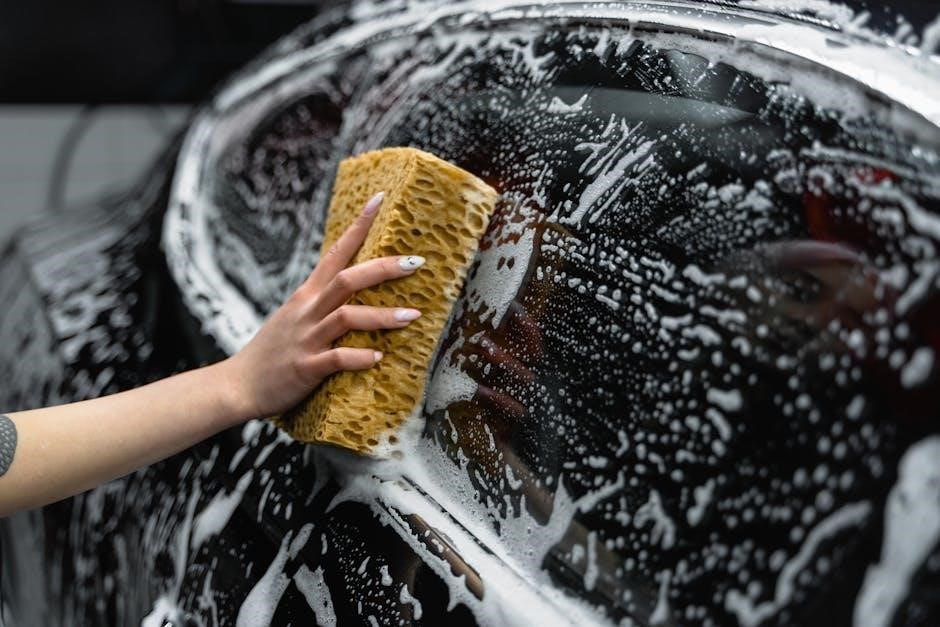
Installation Instructions
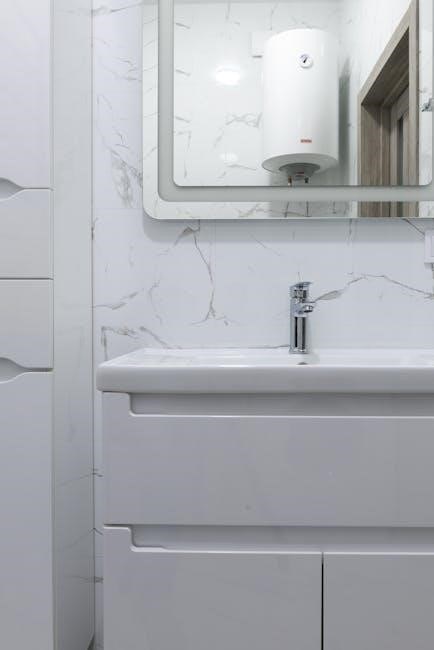
Proper installation ensures safety and efficiency. Place the water heater in a clean, dry location near hot water usage areas. Follow local codes and manufacturer guidelines for electrical and gas connections. Ensure proper ventilation, especially for gas models. Refer to specific sections for detailed steps on electric, gas, tankless, and hybrid installations. Correct setup is crucial for optimal performance and safety.
3.1 Pre-Installation Requirements
Before installing your Reliance water heater, ensure the location is clean, dry, and near the area of highest hot water demand. Verify local plumbing codes and regulations. Check electrical and gas connections for compatibility with your model. Ensure proper ventilation, especially for gas models, to prevent carbon monoxide risks. Review the manual for specific requirements for electric, gas, or hybrid models. Prepare necessary tools and materials as outlined in the manual. Ensure all safety precautions are understood and followed to avoid potential hazards during installation.
3.2 Location and Placement Guidelines
Proper location and placement are critical for safe and efficient operation. Place the water heater in a clean, dry, well-ventilated area, away from flammable materials. Ensure it is near the main hot water usage area to minimize pipe length and heat loss. For gas models, maintain proper ventilation to prevent carbon monoxide buildup. Avoid installing in areas prone to flooding or extreme temperatures. Ensure easy access for maintenance and repairs. Follow local building codes and manufacturer recommendations for optimal placement and safety.
3.3 Electric Water Heater Installation Steps
Begin by reading the manual and following safety guidelines. Connect the water heater to a suitable electrical supply, ensuring compatibility with voltage and wattage ratings. Install the heater in a well-ventilated, dry area, away from flammable materials. Connect the cold water inlet and hot water outlet lines securely. Ensure all electrical connections are tight and meet local codes. Mount the heater firmly to prevent movement. Test the system by running hot water through faucets to check for leaks and proper function. Consult a licensed electrician if unsure about any step.
3.4 Gas Water Heater Installation Steps
Read the manual and follow safety guidelines. Place the heater in a well-ventilated area, ensuring proper clearance from flammable materials. Connect the gas line securely, using approved materials to prevent leaks. Install a venting system according to local codes and manufacturer instructions. Check for gas leaks using a soap solution. Connect water lines and ensure all connections are tight. Install a drip pan if required. Test the pilot light and ensure it stays lit. Verify all safety features are functional. Consult a licensed gas technician if unsure about any step.
3.5 Tankless Water Heater Installation Steps
Read the manual thoroughly and choose a suitable location near the main hot water usage area. Ensure proper ventilation and install a suitable venting system. Connect the water inlet and outlet lines securely. Install gas and electrical connections according to local codes. Use approved materials for all connections to prevent leaks. Test the system by running hot water through the taps. Check for any leaks or issues. Consult a licensed technician if you encounter any problems or are unsure about any step.
3.6 Hybrid Water Heater Installation Steps
Read the manual carefully and select a suitable location with proper ventilation. Install the hybrid water heater near the main hot water usage area. Connect the electrical and water supply lines securely. Ensure the heat pump and backup heating elements are properly connected. Follow local building codes for venting and drainage. Test the system by running hot water through the taps. Check for leaks and ensure all connections are tight. Consult a licensed technician if you encounter any issues or are unsure about any step.
Operating the Reliance Water Heater
Read the manual and understand controls before first use. Adjust temperature settings as needed and monitor usage regularly. Refer to the manual for specific operating instructions and guidelines.
4.1 First-Time Operation and Setup
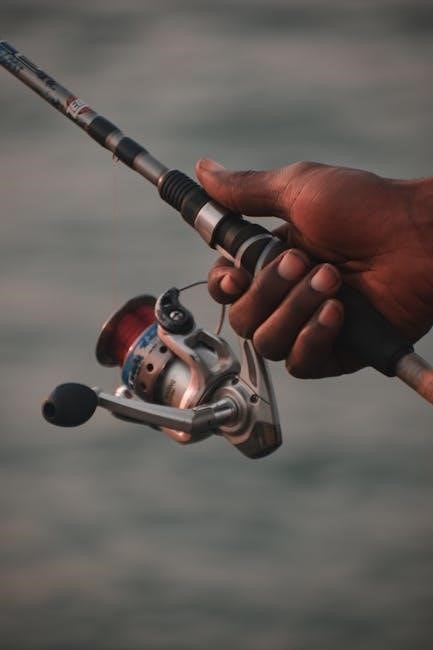
Before first use, ensure all connections are secure and the water heater is properly installed. Turn on the power and allow the unit to heat water. Set the temperature to your desired level, following the manual’s guidelines. Familiarize yourself with the controls and settings. For specific models, refer to the manual for detailed startup instructions. Always follow safety precautions and manufacturer recommendations to ensure safe and efficient operation.
4.2 Adjusting Temperature Settings
To adjust the temperature on your Reliance water heater, locate the thermostat, typically found on the front or side. Set the temperature between 100°F and 140°F, with 120°F recommended for efficiency and safety. For electric models, adjust the thermostat dial or digital controls. For gas models, follow the manual’s instructions for modifying the temperature setting. Ensure the temperature meets local regulations and safety standards. After adjusting, allow time for the water to heat and test the temperature before use. Always refer to your specific model’s manual for detailed guidance.
4.3 Understanding Operating Modes
Reliance water heaters offer various operating modes to suit your needs. Electric models may feature an eco-mode to reduce energy use, while gas models often include high and low settings for efficiency. Tankless models operate on-demand, heating water only when needed, while hybrid models switch between electric and gas for optimal energy savings. Refer to your manual to understand the specific modes available for your model and how to activate them for energy efficiency and performance. Proper mode selection ensures reliable hot water delivery tailored to your household demands.
4.4 Daily Use and Monitoring
Regular monitoring ensures your Reliance water heater operates efficiently and safely. Check temperature settings to avoid excessive heat, and ensure proper ventilation for gas models. Inspect for leaks around connections and maintain clear space around the unit. Monitor for unusual noises or fluctuations in water temperature, as these may indicate issues. Adjust settings as needed to optimize performance and energy use. Always refer to your manual for model-specific guidance on daily monitoring and maintenance to ensure reliable hot water delivery and extend the heater’s lifespan.
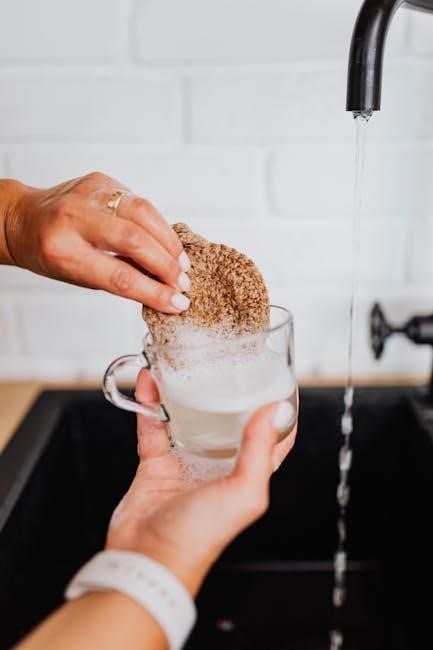
Maintenance and Care
Regular maintenance ensures optimal performance and longevity. Check for leaks, inspect the anode rod, and flush sediment annually. Refer to the manual for detailed care instructions.
5.1 Routine Maintenance Tasks
Regular maintenance is crucial for optimal performance and longevity. Check for leaks, inspect the anode rod, and flush sediment annually. Test the temperature-pressure relief valve and ensure it functions correctly. For gas models, clean the air filter and verify proper venting. Refer to the manual for detailed instructions and safety guidelines to prevent potential hazards. Consistent upkeep ensures efficiency, safety, and extends the lifespan of your Reliance water heater.
5.2 Troubleshooting Common Issues
Identify and address common issues promptly to ensure reliable operation. No hot water? Check the thermostat, heating elements, or power supply. Leaks may indicate loose connections or worn gaskets. Strange noises could result from sediment buildup or faulty components. Refer to the manual for diagnostic steps and solutions. If issues persist, consult a professional or contact Reliance customer support for assistance. Regular troubleshooting helps maintain efficiency and prevents costly repairs.
5.3 Replacing Parts and Accessories
When replacing parts, always refer to the manual for compatibility and instructions. Use genuine Reliance parts to ensure safety and performance. Common replacements include temperature-pressure relief valves, heating elements, and anode rods; Turn off power and water supply before starting. For complex replacements, consult a qualified technician. Regularly inspect and replace worn or corroded components to prevent leaks and maintain efficiency. Keep a record of replacements for future reference and warranty purposes. Proper part replacement ensures optimal functionality and extends the lifespan of your water heater.
Troubleshooting Guide
Identify common issues like no hot water, leaks, or strange noises. Refer to the manual for solutions and preventive maintenance tips to ensure optimal performance and safety.
6.1 Common Problems and Solutions
Common issues with Reliance water heaters include no hot water, leaks, or strange noises. Check the pilot light for gas models, as dust buildup can cause it to malfunction. For electric models, ensure the thermostat is functioning correctly. Leaks may stem from loose connections or worn-out gaskets. Strange noises often indicate sediment buildup or faulty elements. Refer to the manual for detailed troubleshooting steps. Always turn off power or gas before attempting repairs. Regular maintenance, like flushing sediment, can prevent many issues and extend the heater’s lifespan.
6.2 No Hot Water Issues
If your Reliance water heater isn’t producing hot water, check the power supply for electric models or the gas supply for gas models. Ensure the thermostat is set correctly and not in “vacation” mode. For gas models, verify the pilot light is lit and free from dust buildup. Check circuit breakers or fuses for electric models. If issues persist, inspect heating elements or the gas burner for damage. Always refer to the manual for specific troubleshooting steps and ensure safety by turning off power or gas before repairs.
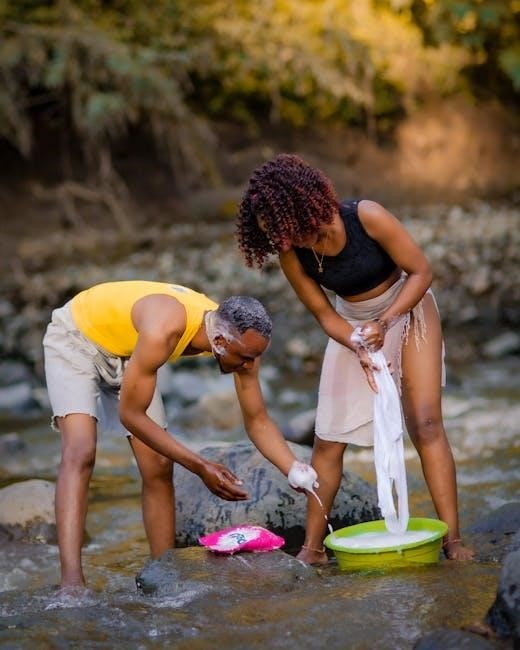
6.3 Leaks and Water Damage
If you notice leaks or water damage, act immediately to prevent further issues. Check all connections and ensure they are tight. Inspect the temperature-pressure relief valve for proper function. If leaking persists, turn off the water supply and power to the heater. Drain the tank as outlined in the manual. Leaks can lead to significant damage, so address them promptly. Regular inspections and maintenance can help prevent such issues. Always consult a professional if you’re unsure how to repair or replace damaged components.
6.4 Strange Noises and Vibrations
Strange noises or vibrations from your Reliance water heater may indicate issues like sediment buildup, loose connections, or faulty components. If you hear clanking, rumbling, or hissing sounds, turn off the power and inspect the unit. Check for loose pipes or connections and tighten them if necessary. Sediment buildup can cause noise, so flushing the tank may resolve the issue. If vibrations persist, ensure the heater is properly installed and level. Contact a professional if the problem continues, as it could signal a more serious internal malfunction requiring immediate attention.
6.5 Resetting the Water Heater
To reset your Reliance water heater, locate the reset button on the temperature control or upper thermostat. Press and hold it for 3-5 seconds until you hear a click. This resets the system and may resolve issues like no hot water. If the problem persists, check for tripped circuit breakers or blown fuses. Ensure the power supply is stable before resetting. If multiple resets are needed, consult the manual or contact customer support to address underlying issues and avoid further complications.
Technical Specifications
Explore detailed specifications for Reliance water heaters, including capacity, energy efficiency, dimensions, and compatibility for electric, gas, tankless, and hybrid models to meet your needs.
7.1 Electric Water Heater Specifications
Reliance electric water heaters offer models with capacities ranging from 30 to 80 gallons. They operate at 240/208 volts, with power ratings between 3 to 5.5 kW. Energy efficiency ratings vary by model, with EF values up to 0.95 for high-efficiency units. First Hour Ratings ensure rapid hot water delivery. Durable stainless steel or glass-lined tanks provide long-lasting performance. Warranty periods range from 6 to 12 years, depending on the model. These specifications ensure reliable, energy-efficient hot water solutions for residential needs. Refer to the full manual for detailed model-specific information.
7.2 Gas Water Heater Specifications
Reliance gas water heaters are high-efficiency atmospheric vent models with capacities from 30 to 100 gallons. They feature input ranges of 30,000 to 76,000 BTUs, ensuring powerful performance. Energy efficiency is a key feature, with Energy Factor (EF) ratings up to 0.92. These heaters come with a 6 to 12-year warranty, depending on the model. Designed for both residential and light commercial use, they provide reliable and efficient hot water supply. Refer to the manual for detailed specifications and model comparisons.
7.3 Tankless Water Heater Specifications
Reliance tankless water heaters offer high efficiency and continuous hot water supply. Models like the 1212 provide up to 98% thermal efficiency. They feature advanced condensing technology, with a temperature range of 98°F to 140°F. Flow rates vary from 2.5 to 9.5 GPM, catering to different household needs. These heaters are compact, space-saving, and Energy Star certified. They come with a 15-year warranty on the heat exchanger and 5 years on parts. Ideal for energy-conscious users, they provide significant savings on utility bills compared to traditional tank models.
7.4 Hybrid Water Heater Specifications
Reliance hybrid water heaters combine heat pump and traditional heating elements for high efficiency. Models like the 1212 offer Energy Star certification and up to 400% efficiency. They operate in dual modes, switching between heat pump and electric for optimal performance. Temperature ranges from 98°F to 140°F, with a flow rate of 2.5 to 5 GPM. These units are quiet, with noise levels below 50 dB. They include smart controls for temperature adjustment and energy monitoring. Hybrid models come with a 10-year warranty on the heat exchanger and 5 years on parts, ensuring long-term reliability and energy savings.
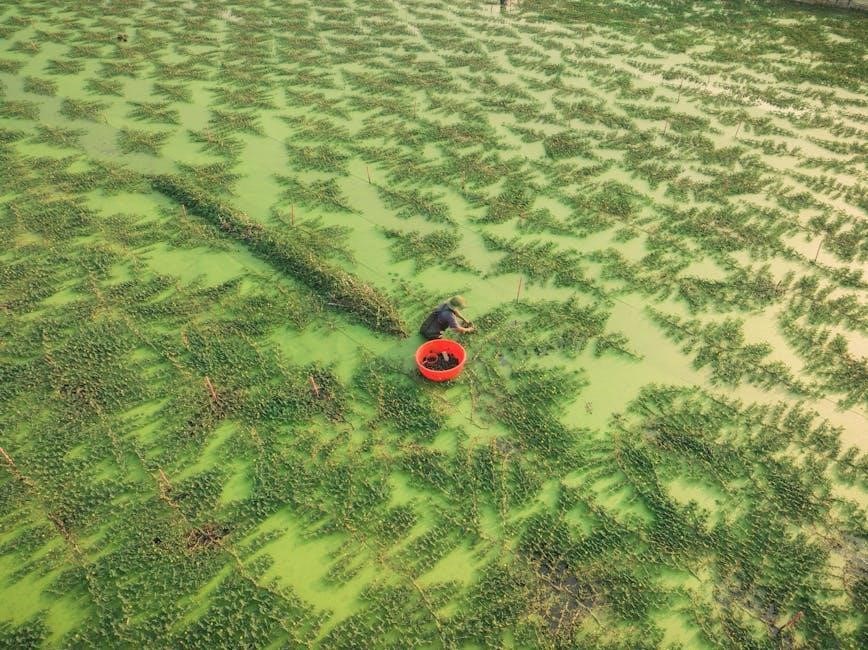
Energy Efficiency and Savings
Reliance water heaters offer Energy Star-certified models, reducing energy consumption and lowering utility bills. Hybrid and tankless options provide superior efficiency, while smart controls optimize performance for maximum savings.
8.1 Energy Efficiency Ratings
Reliance water heaters feature Energy Star certification, ensuring high efficiency. Electric models boast energy factors up to 0.93, while gas models reach 0.95. Hybrid units combine heat pump technology for superior efficiency. These ratings help reduce energy consumption and lower utility bills. Always check the energy factor (EF) and annual energy costs to make informed decisions. Higher EF ratings mean greater efficiency, especially in hybrid and tankless models. Proper installation and maintenance further enhance energy savings, ensuring optimal performance and environmental benefits;
8.2 Tips for Energy-Saving Usage
To optimize energy use, adjust the temperature setting to 120°F for most households. Install a timer for electric models to heat water only when needed. Insulate pipes to reduce heat loss. Consider Energy Star-certified models for higher efficiency. For hybrid units, use the heat pump mode during cooler months. Regular maintenance, like cleaning filters, ensures peak performance. Lowering usage during off-peak hours and upgrading to smart technology can further reduce energy consumption. These practices help minimize energy costs while maintaining reliable hot water supply.
8.3 Comparing Energy Costs
Comparing energy costs among different Reliance water heater models helps you make an informed decision. Electric models generally have lower upfront costs but may incur higher long-term energy expenses. Gas and hybrid models often offer greater energy efficiency, reducing monthly bills. Tankless units can save energy by heating water only when needed. Consider your usage patterns and local utility rates to evaluate which model minimizes your energy expenditure. Refer to the manual’s technical specifications for detailed energy consumption data and use online calculators to compare costs accurately.
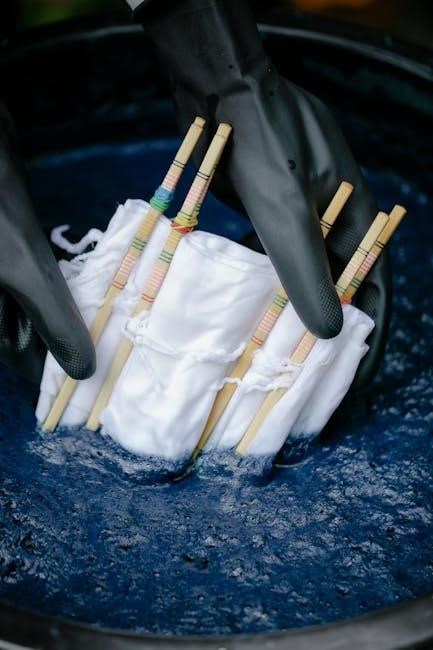
Warranty and Support Information
Reliance Water Heaters offers comprehensive warranty coverage and dedicated customer support. Visit their official website or contact their hotline for assistance, repairs, or warranty claims. Additional resources, including manuals and diagrams, are available online to help you maintain your water heater effectively.
9.1 Understanding the Warranty
Reliance Water Heaters provides a comprehensive warranty program to protect your investment. The warranty typically covers the tank for 6 to 9 years and parts for 1 to 2 years, depending on the model. To validate the warranty, ensure proper installation and registration on the Reliance website. The warranty does not cover damage caused by improper installation, misuse, or failure to maintain the unit. For detailed terms and conditions, refer to the official Reliance Water Heaters website or contact their customer support team.
9.2 Contacting Customer Support
For assistance with your Reliance Water Heater, contact their customer support team. Call the Technical Assistance Hotline at 1-800-365-4054 for troubleshooting, installation, or maintenance inquiries. You can also visit the official Reliance Water Heaters website for support resources, product manuals, and contact forms; Additionally, authorized service providers are available to address specific issues. Ensure to have your model number and serial number ready for faster service. Reliance customer support is committed to helping you resolve any water heater-related concerns efficiently.
9.3 Finding Authorized Service Providers
To locate authorized service providers for your Reliance Water Heater, visit the official Reliance Water Heaters website. Use the “Support Resources” section to find certified technicians in your area. You can also contact customer support at 1-800-365-4054 for recommendations. Ensure any service provider is authorized to maintain your warranty and provide genuine parts. Always verify credentials and check reviews before scheduling service to ensure reliable and professional assistance for your water heater needs.
Additional Resources
Access product diagrams, manuals, and support videos on the Reliance Water Heaters website. Visit their official site for comprehensive guides, troubleshooting tips, and model-specific documentation to enhance your experience.
10.1 Downloading the Full Manual
The full Reliance Water Heater manual is available for download as a PDF from the official Reliance Water Heaters website or trusted platforms like ManualsOnline. Models such as the 1212 and 606 Series can be accessed by visiting the Reliance Water Heaters official site or searching on ManualsOnline. Ensure you download the correct manual for your specific model to access detailed installation, operation, and maintenance instructions. This resource is essential for understanding safety guidelines, troubleshooting, and optimizing your water heater’s performance.
10.2 Accessing Product Diagrams and Videos
Reliance Water Heaters provides detailed product diagrams and instructional videos to assist with installation, maintenance, and troubleshooting. These resources are available on the Reliance Water Heaters official website and platforms like ManualsOnline. Videos cover topics such as resetting the water heater, troubleshooting common issues, and understanding safety features. Diagrams offer visual guidance for parts identification and installation steps. Accessing these materials ensures you can perform tasks safely and effectively, optimizing your water heater’s performance and longevity.
10.3 Reliance Water Heaters Official Website
The Reliance Water Heaters official website is a comprehensive resource hub for all your water heater needs. It offers detailed product information, manuals, diagrams, and support videos. Users can explore electric, gas, tankless, and hybrid models, compare features, and find authorized service providers. The site also provides troubleshooting guides and energy efficiency tips. Visit reliancewaterheaters.com to access these resources, ensuring you make informed decisions and optimize your water heater’s performance. This platform is designed to support both residential and commercial users effectively.
Thank you for reading the Reliance Water Heater Manual. Proper installation, maintenance, and adherence to safety guidelines ensure optimal performance and longevity. Refer to this manual for future reference.
11.1 Summary of Key Points
This manual provides essential guidance for installing, operating, and maintaining Reliance water heaters. Key points include safety precautions, installation requirements, routine maintenance, and troubleshooting tips. Understanding these elements ensures optimal performance, energy efficiency, and longevity of your water heater. Always follow the manufacturer’s instructions and safety guidelines to avoid potential hazards. Regular maintenance and proper usage can significantly reduce the risk of issues and extend the lifespan of your unit. Refer to the troubleshooting section for common problems and solutions to address any concerns promptly.
11.2 Final Tips for Optimal Use
For optimal performance, always read and follow the manual’s instructions. Regularly inspect and maintain your water heater to prevent issues. Adjust temperature settings wisely to balance comfort and energy savings. Monitor usage patterns to avoid excessive demand. Keep the area around the heater clean and clear of obstructions. If unsure about any procedure, consult a qualified professional. By adhering to these tips, you can ensure reliable, efficient, and safe operation of your Reliance water heater for years to come.

